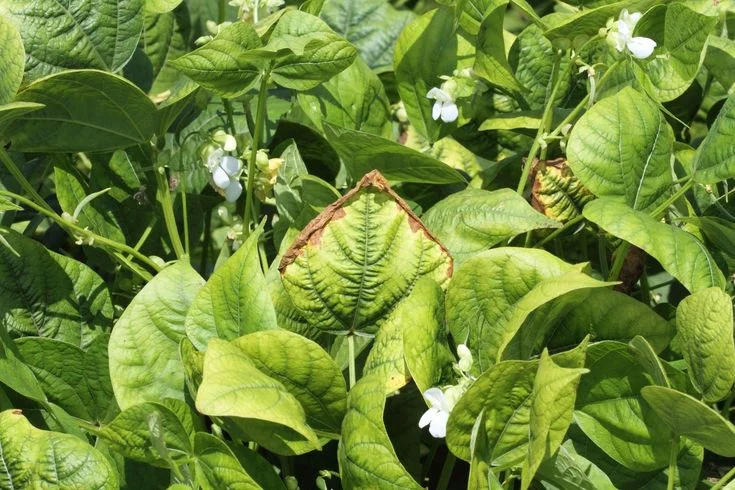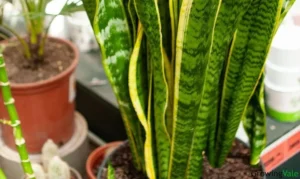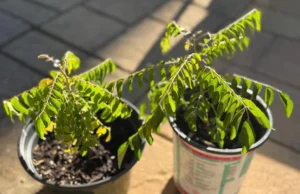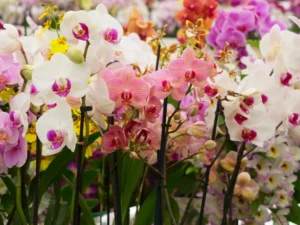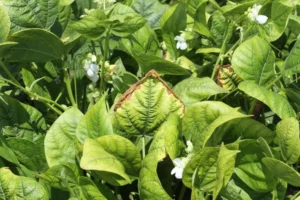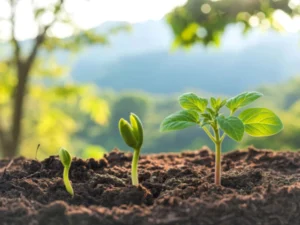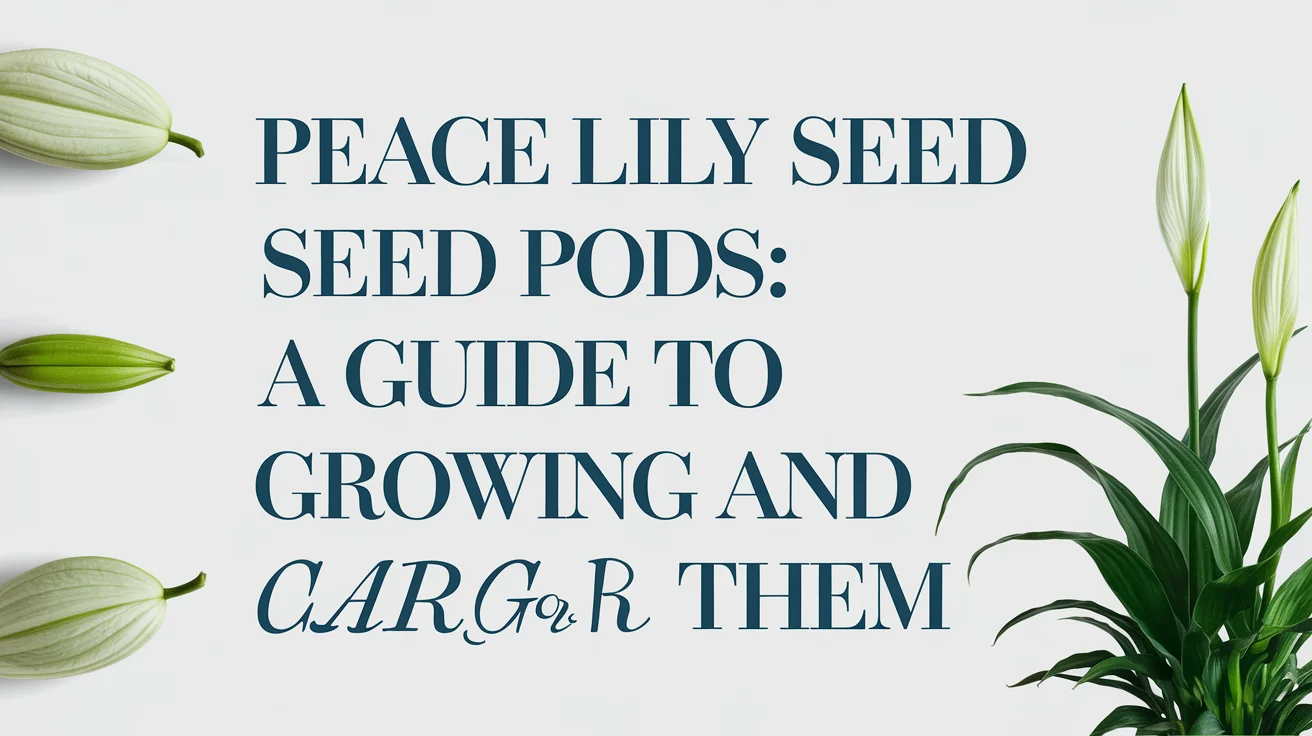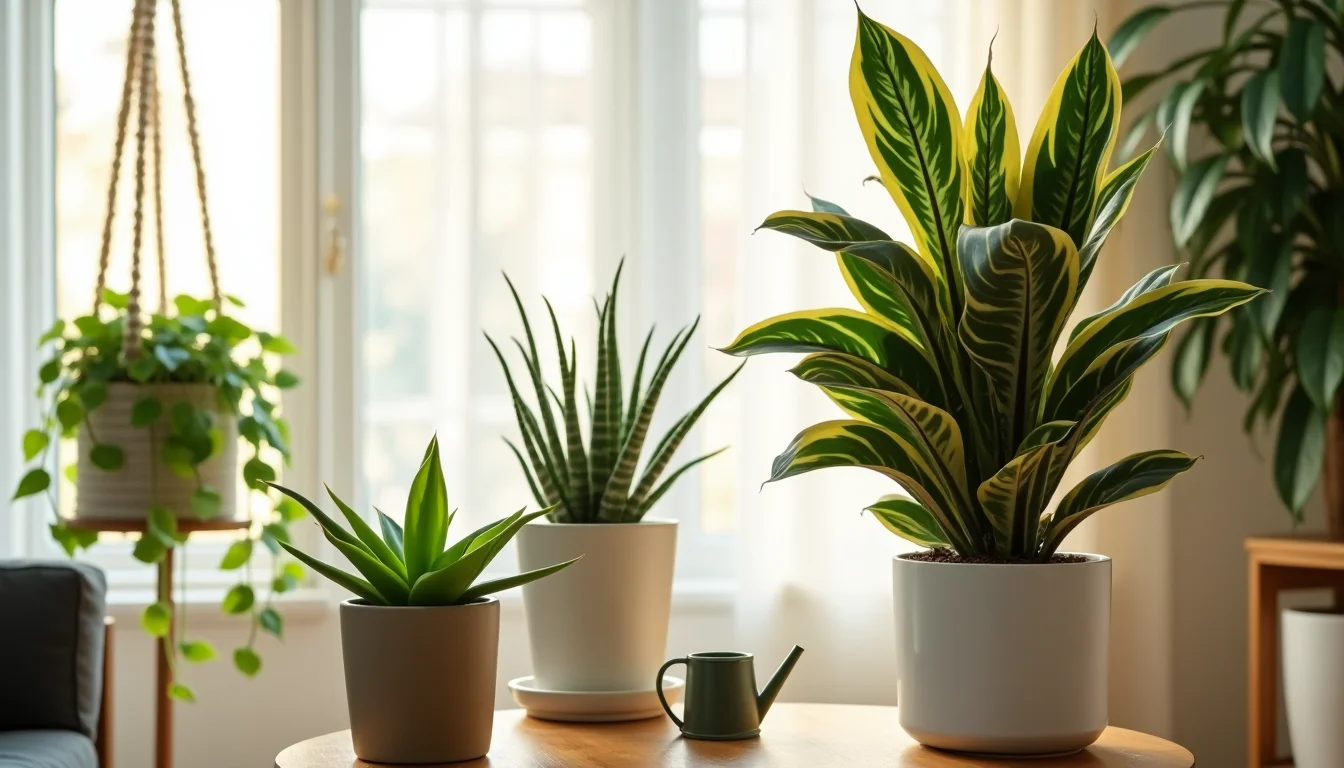In modern agriculture, maximizing crop yield while protecting the environment has become a top priority. This is where slow release nitrogen fertilizer plays a crucial role. Unlike conventional fertilizers that release nutrients quickly, slow release nitrogen fertilizers provide a steady, long-term supply of nitrogen to plants. As a result, crops grow healthier, soil fertility improves, and nutrient loss is minimized.
Using this advanced fertilizer not only enhances productivity but also reduces costs and supports sustainable farming practices. Let’s explore why slow release nitrogen fertilizer is transforming the agricultural landscape.
What Is Slow Release Nitrogen Fertilizer?
Slow-release nitrogen fertiliser (SRNF) is a specially formulated fertilizer designed to release nitrogen gradually over time. As a result, plants receive a consistent nutrient supply that supports healthy growth throughout the season. The controlled release ensures plants receive nutrients as needed, therefore avoiding sudden surges that often lead to wastage or runoff. Moreover, this gradual process helps maintain soil balance and nutrient availability.
Typically, SRNFs are coated with materials such as sulfur, polymers, or organic compounds that control the rate at which nitrogen becomes available to plants. Consequently, the nutrient delivery matches the plant’s natural growth cycle. Additionally, this method reduces the need for frequent applications, thereby saving both time and labor. Furthermore, it improves efficiency and significantly reduces environmental pollution caused by leaching. However, it is essential to choose the right formulation for specific soil and crop types to achieve optimal results. In conclusion, SRNFs provide a balanced, eco-friendly, and long-lasting solution for sustainable farming.
How Does Slow Release Nitrogen Fertilizer Work?
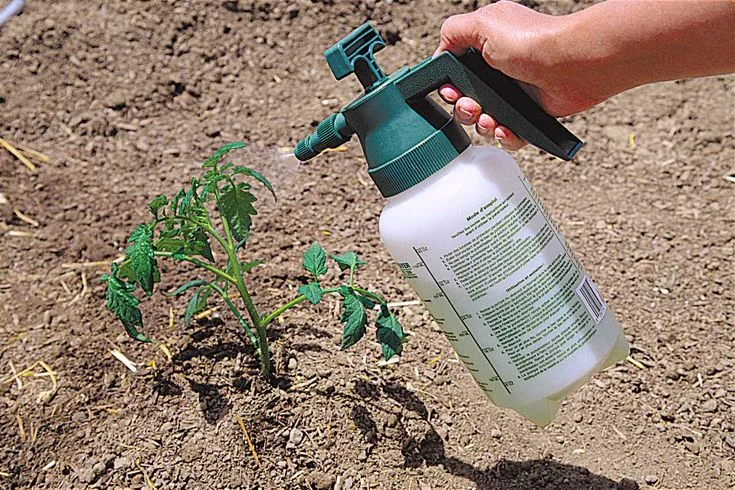
The working mechanism of slow-release nitrogen fertilizer is based on time-controlled nutrient delivery. When applied to the soil, the coating on the granules gradually dissolves due to moisture and microbial activity. As a result, this process continuously releases nitrogen in synchronization with plant growth stages.
Consequently, plants absorb nutrients more efficiently, and farmers can apply fertilizer less frequently. Moreover, this steady nutrient release therefore helps maintain consistent plant growth, leading to uniform yield and better quality crops. Ultimately, it supports sustainable farming and enhances overall soil productivity.
Types of Slow Release Nitrogen Fertilizers
Understanding the different types of SRNFs helps farmers and gardeners choose the best option for their soil and crop type. Here are the main categories:
1. Sulfur-Coated Urea (SCU)
This type of fertilizer features a urea core surrounded by a sulfur coating. The coating breaks down gradually, releasing nitrogen over several weeks. SCU is cost-effective and suitable for both field crops and turf management.
2. Polymer-Coated Urea (PCU)
In polymer-coated urea, a thin polymer membrane controls nitrogen release based on temperature and moisture levels. This makes it one of the most efficient and predictable SRNF options available today.
3. Urea Formaldehyde (UF)
UF fertilizers release nitrogen through microbial decomposition, making them ideal for long-term nutrient supply. They are especially popular in ornamental plant cultivation and lawn care.
4. Natural Organic Nitrogen Sources
Composted manure, feather meal, and other organic materials act as natural slow-release fertilisers. They not only supply nitrogen but also enrich soil with beneficial microorganisms, which greatly improves plant health especially when repotting or caring for succulents like aloe vera plants.
Benefits of Using Slow Release Nitrogen Fertilizer
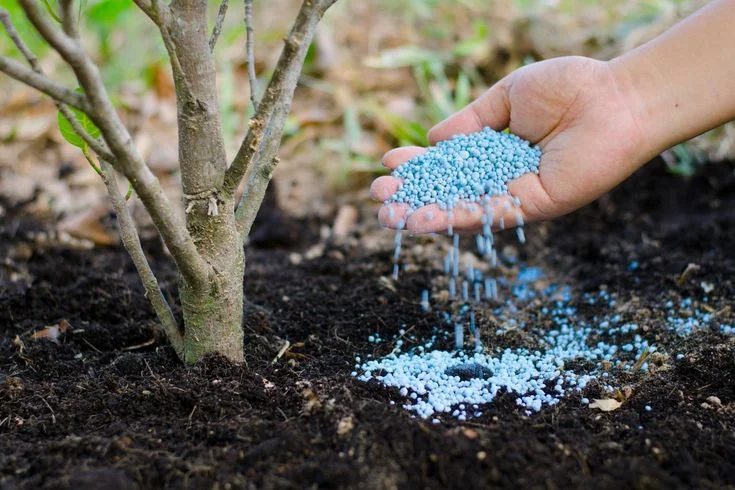
1. Enhanced Nitrogen Efficiency
Traditional fertilizers often lose up to 50% of their nitrogen through leaching or volatilization. In contrast, slow release nitrogen fertilizers minimize these losses, ensuring plants utilize more of the applied nutrients.
2. Reduced Environmental Pollution
Nitrogen runoff contributes to water pollution and greenhouse gas emissions. SRNFs significantly reduce these risks by releasing nutrients gradually, aligning with plant uptake.
3. Consistent Plant Growth
Plants receive a balanced supply of nitrogen throughout their growth stages. This steady nutrition promotes uniform growth, better leaf color, and stronger root systems.
4. Lower Labor and Maintenance Costs
Since SRNFs require fewer applications, farmers and landscapers save time and labor. This makes them highly cost-effective in the long term.
5. Improved Soil Health
By reducing nitrogen overload and supporting microbial activity, these fertilizers help maintain healthy soil ecosystems. Over time, this leads to improved soil structure and fertility.
Applications of Slow Release Nitrogen Fertilizer
Slow release nitrogen fertilizer has broad applications across agriculture, horticulture, and landscaping:
-
Agriculture: Used in major crops like corn, wheat, and rice to ensure steady growth and high yield.
-
Horticulture: Ideal for fruit trees, vegetables, and flowers that need consistent nitrogen levels.
-
Turf and Lawns: Perfect for golf courses, parks, and home lawns to maintain lush green grass without frequent fertilization.
-
Forestry: Helps promote strong seedling growth and sustainable forest management.
With its wide adaptability, SRNF proves to be a versatile solution for both large-scale and small-scale users.
How to Use Slow Release Nitrogen Fertilizer Effectively
Using SRNFs correctly is essential for maximum benefits. Follow these tips for effective application:
-
Soil Testing: Always conduct a soil test to determine nutrient needs before application.
-
Proper Dosage: Avoid over-application. Follow manufacturer recommendations based on crop type and soil condition.
-
Right Timing: Apply fertilizer at the start of the growing season for optimal absorption.
-
Even Distribution: Use a spreader to ensure uniform coverage.
-
Irrigation Management: Moderate watering helps control nutrient release and prevents leaching.
By following these best practices, you can achieve higher yields and healthier plants while protecting the environment.
Challenges and Limitations
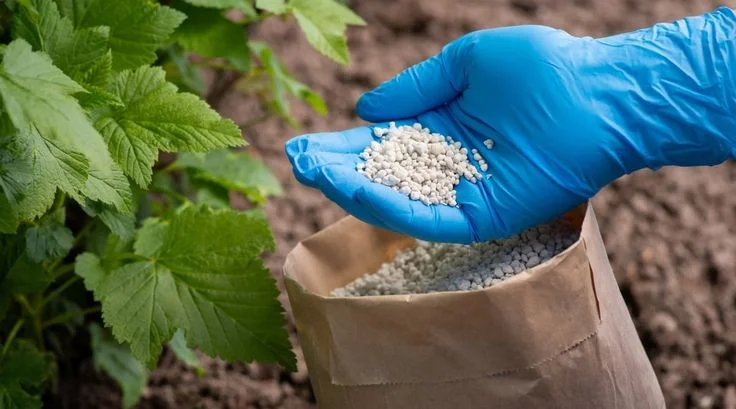
While SRNFs offer numerous advantages, they also have some challenges:
-
Higher Initial Cost: The production process and coating materials make them more expensive than regular fertilizers.
-
Temperature Dependence: In some formulations, nutrient release can vary with temperature, affecting performance in extreme climates.
-
Limited Availability: In certain regions, access to advanced SRNF types may be limited.
Nevertheless, the long-term benefits often outweigh these minor drawbacks, making slow release nitrogen fertilizers a smart investment.
FAQs
1. How long does slow release nitrogen fertilizer last?
Depending on the formulation, SRNFs can last anywhere from 8 weeks to 12 months, providing continuous nutrient supply to plants.
2. Is slow release fertilizer better than regular fertilizer?
Yes, because it improves nutrient efficiency, reduces pollution, and supports sustainable farming, making it superior in both performance and environmental impact.
3. Can I use slow release nitrogen fertilizer for potted plants?
Absolutely! It works excellently for container gardening, ensuring plants receive steady nutrients without frequent feeding.
4. How do I store slow release fertilizers?
Keep them in a cool, dry place away from direct sunlight and moisture to maintain effectiveness.
Conclusion
In conclusion, slow release nitrogen fertilizer represents a major step forward in sustainable agriculture and gardening. By providing plants with a steady nutrient supply, reducing environmental risks, and improving soil health, it offers both economic and ecological benefits. For those passionate about enhancing their gardens with beautiful blooms, learning about what is the most popular flower can further inspire you to combine sustainable practices with aesthetic appeal.
As global agriculture shifts toward eco-friendly practices, adopting slow release fertilizers can ensure long-term productivity and environmental protection. Whether you’re a farmer, gardener, or landscaper, this modern solution will help you achieve consistent growth, vibrant plants, and a greener future.

